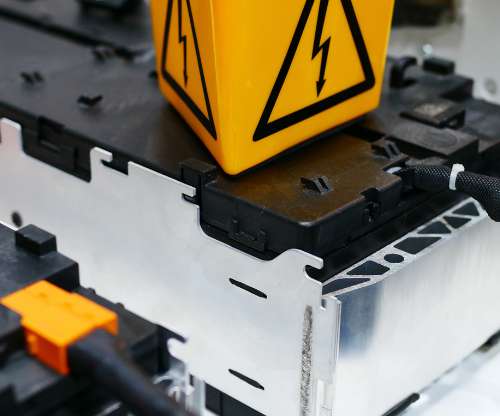Test drive: 2024 Volvo S60 Recharge PHEV is better in charge
Baua Electric
JUNE 19, 2024
One of them is that Volvo’s made the batteries larger every few years, leading to more plug-in electric range, improved hybrid drivability, and overall a better mix of attributes. The other thing that’s changed in that time is that Volvo is seriously going all-electric. 2024 Volvo S60 Recharge 2024 Volvo S60 Recharge The S60 has a 2.0-liter












Let's personalize your content